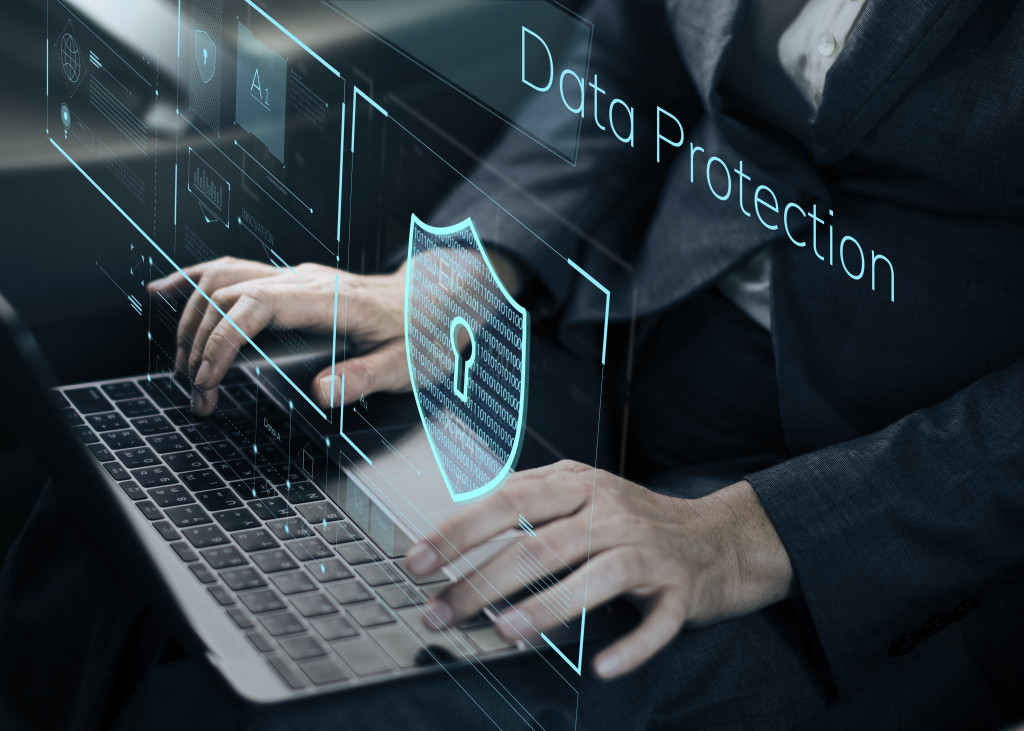In the ever-changing world of business, technology is one of the essential assets of a company. This isn’t a surprise when technology is designed to streamline the business process while making it even more convenient for customers to access products and services. In the past few decades, technology is considered to be one of the greatest boons for entrepreneurs. Not only does this maximise ROI, but this is an excellent way of increasing the productivity of your business.
But information can easily be sent back and forth from one device to another through the data highways of the internet. It’s easier for businesses to migrate to digital platforms. However, there is still much to be desired in cybersecurity. The fact that billions of users are constantly using the internet as a means of entertainment, information, and business makes it a treasure trove of customer information. In fact, recent reports have shown that around 4 billion individuals use the Internet every day.
As helpful as technology can be for many entrepreneurs and employers, they also present growing cybersecurity concerns that need to be addressed. In the last few years, there have been more cybersecurity incidents than usual. Cyber attacks can have a significant impact on businesses. Not only does this waste time and effort of the workforce in retrieving lost data, but this can seriously undermine the trust of your consumer base.
So what are some ways of keeping critical customer information as safe as possible? How do you ensure that your business’s cybersecurity is up to the task of securing data that’s integral in keeping your business operational? Here’s what you need to know.
Designing and Outlining a Safe System
One of the best ways of protecting your business from threats is by incorporating it into your IT infrastructure’s design philosophy in the first place. Some companies and corporations have a simpler infrastructure because it’s easier to operate by users. However, this also means it’s simpler for hackers and malicious individuals to crack the system and access critical files and information.
Although you don’t have to make your technological infrastructure too complicated, it’s still crucial that you outline a safe system. You need to mitigate risks by focusing on weak points where people can unnecessarily access files and hardware for business use. Think of your IT system like a castle: most castles are intentionally built to deter invaders with choke points, compartmentalised areas, and confusing layouts. When your system’s hackers are confused, it’s harder for them to get the information they need.
Fortunately, many businesses are well aware of the need for better data infrastructures. If you want to test out the strength and weaknesses of your data centres, a reliable company with penetration testing services can identify weak points in your system.

Doing Background Checks on Employees
Another critical method to emphasise organisational security and ensuring that your data is safe is by hiring the right employees in the first place. It’s essential to keep in mind that threats aren’t just outside your business. There can be some threats within your company that you’re not aware of. Internal fraud and data leaks should be taken seriously. In fact, many managers and employers would say that most intrusions usually occur from inside the IT network.
With this, you must screen your candidates for a job position while giving access only to those that need to interact with the system. Other than just calling the individual’s preferences, you need to be thorough on why they left their previous company. You might also want to monitor newer employees if there are any signs of suspicious activity.
Keeping Your Systems Update
Last but not least, you can keep your IT systems in good condition through consistent updates. Whether it’s updating your anti-virus software or updating the operating system of your mainframes and computers, having an updated system can give much-needed information about potential malware and threats.
Although it might take a few minutes or hours for a major update to finish, it’s still crucial to protect your desktops and servers. Remember, it’s better to be safe than sorry.
Data safety and cyber security should always be the priority in business. Although cybersecurity might not seem like the most pressing matter for many organisations at the present moment, breaches can lead to millions of dollars in financial losses. Moreover, this doesn’t count the damage that this can inflict on a company’s image. With that said, preventing cyberattacks and maximising your cyber security are among the best ways of safeguarding your information.





